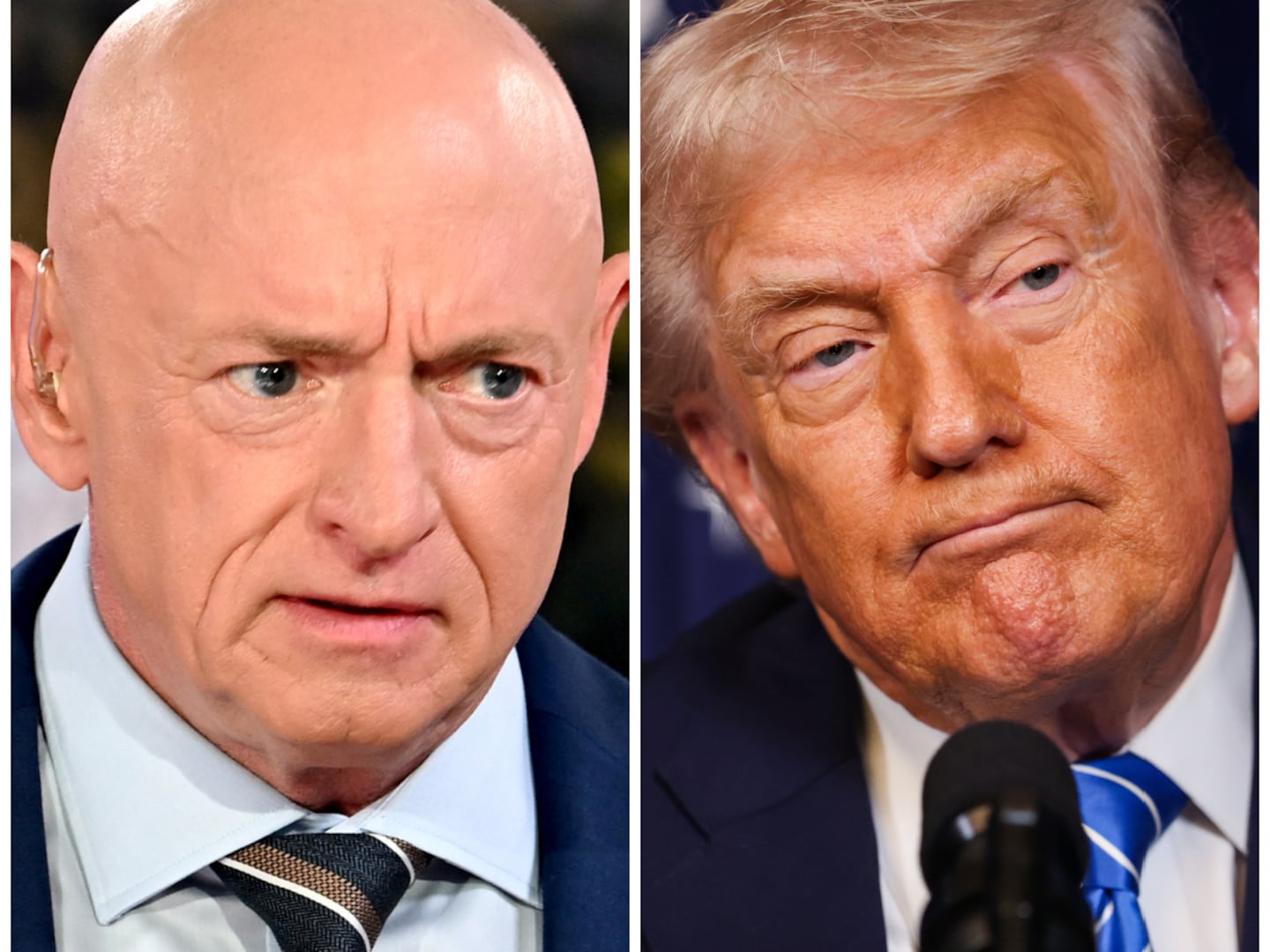The U.S. Air Force’s planes are old—and getting older. The average Air Force plane is 28 years old, according to the Congressional Budget Office. That means hundreds, if not thousands, of Air Force pilots are flying planes built before they were born.
Replacing huge numbers of aging aircraft with newer models could be very, very expensive—up to $26 billion annually by the mid-2030s.
And that’s before taking into account the flying branch’s ambitious plan to stand up 74 new squadrons.
Barring some radical shift in the cost of new technology, future administrations could face a difficult choice: Either boost Air Force budgets to Cold War levels or higher, or shrink the flying branch to an affordable size.
“Growing the force is going to compete directly with modernizing the force,” Todd Harrison, an analyst with the Center for Strategic and International Studies in Washington, D.C., told Breaking Defense, a trade publication.
Today the Air Force possesses around 5,600 aircraft in 312 squadrons, making it by far the biggest air force in the world.
The average plane is old, however. Thanks to the government’s military spending spree in the 1980s and a subsequent decline in spending in the mid-’90s, no fewer than 1,900 of the Air Force’s most important warplanes—including most of its A-10, F-16 and F-15 fighters—are between 26 and 40 years old, according to a December Congressional Budget Office report.
Most people replace their cars every six years, according to Autotrader. But the Air Force might hold on to a fighter jet for nearly half a century. And the youngest B-52 bomber in the American arsenal was built when John F. Kennedy was still in the White House.
“The older the aircraft get, the more difficult it becomes to replace or repair components,” Lt. Gen. Mark Nowland, an Air Force vice chief of staff, told a House of Representatives subcommittee in May. Five of the Air Force’s T-38 training jets—each nearly 50 years old—have crashed in the last year, killing two people.
The flying branch needs to replace a lot of planes in a short span of time, Heather Wilson, the service’s civilian leader, said in a March statement. “The Air Force must manage a bow wave in modernization over the next 10 years.”
And it’s going to cost. The CBO projected that, if the Air Force replaced each old plane with a single new one possessing similar capabilities, the branch’s budget for new aircraft would have to rise from around $10 billion in 2018 to $15 billion in the mid- to late 2020s, and to $26 billion in 2033. All figures are in 2018 dollars.
By comparison, at its modern budgetary peak in 1986, the Air Force got $29 billion for new planes. In other words, to maintain the flying branch at its current size, the Air Force would have to spend money like it did during the Cold War.
The CBO cautioned against this approach in a separate December report. Noting the federal government's $780 billion budget deficit for 2018, a gap that many experts attribute to the Trump administration’s 2017 tax cuts, the budget office proposed that the Air Force retire all of its F-22 fighters and B-1 bombers without replacement in order to save as much as $45 billion.
Cutting the two plane types would reduce the Air Force inventory by around 250 aircraft.
The problem is, the Air Force can’t risk shrinking or even staying the same size, service leaders say. Instead, it actually needs to get a lot bigger in order to keep pace with the fast-improving Russian and Chinese air arms.
“We face a more competitive and dangerous international security environment than we have faced in decades,” Wilson said. “Great power competition has re-emerged as the central challenge for U.S. security and prosperity.”
In September, the Air Force announced it needed to expand to 386 squadrons by 2025, an increase of 74 squadrons from 2018. “This is about how we stay in front,” Air Force Chief of Staff Gen. David Goldfein stated.
A single squadron possesses up to 20 aircraft. Not all of the 74 new squadrons the Air Force wants are flying squadrons—some are intelligence, space and missile units—but most of the squadrons would need planes. Potentially hundreds of them, combined.
Air Force leaders are beginning to lobby for more aircraft on top of the 5,600 planes the service currently possesses. In December, Gen. Stephen Wilson, an Air Force vice chief of staff, told National Defense that the service needs to buy more new B-21 bombers and KC-46 aerial refueling planes than previously planned.
Acquiring more planes for new squadrons could inflate the cost of re-equipping the Air Force. Forget the $26 billion per year that the CBO projected for the 2030s. The bill could be much higher.
It’s a price worth paying, said David Deptula, the dean of the Mitchell Institute of Aerospace Studies and a retired Air Force lieutenant general.
“The only thing more expensive than a first-rate Air Force is a second-rate Air Force,” he said. Deptula pointed out that all major U.S. military operations depend on the Air Force controlling the sky.
Without fighters providing top cover, cargo planes shuttling in supplies and surveillance aircraft keeping tabs on enemy forces, U.S. troops could find themselves out-gunned, underfed and blind, especially in high-intensity combat with a sophisticated enemy possessing its own powerful air force.
“The Air Force has been significantly underfunded for over two decades,” Deptula added. “Unless this trend is reversed, the U.S. military can expect to suffer significant losses in the next major regional conflict, and risk loss altogether.”






